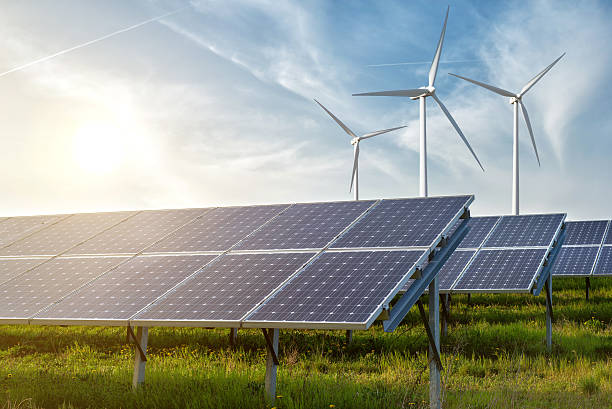
FAQ About Clean Energy
Clean Energy
2 years ago | gizem
What is energy storage and its role in clean energy adoption?
Energy storage is the process of capturing and storing energy to be used at a later time. It plays a crucial role in clean energy adoption as it helps address the intermittency and variability of renewable energy sources like solar and wind. Energy storage technologies store excess energy generated during periods of high renewable output and release it when demand is higher or when renewable generation is low. By doing so, energy storage enhances grid stability, reliability, and flexibility, making it easier to integrate higher shares of clean energy into the electricity system. Here's how energy storage contributes to clean energy adoption:
- Balancing Supply and Demand: Energy storage helps balance electricity supply and demand in real-time, particularly during periods when renewable energy generation fluctuates. By storing excess energy and releasing it when needed, energy storage systems help match supply with demand and reduce the need for conventional backup power sources.
- Grid Stabilization: Renewable energy sources can impact grid stability due to their intermittent nature. Energy storage systems can provide rapid response capabilities to smooth out fluctuations in power output, helping to stabilize the grid and maintain a consistent power supply.
- Enhancing Renewable Energy Integration: With energy storage, the capacity of renewable energy sources to provide reliable power increases. It enables a higher penetration of clean energy in the grid, reducing the need for fossil fuel-based power plants and lowering greenhouse gas emissions.
- Peak Demand Management: Energy storage can be used to meet peak electricity demand when the grid experiences high load levels. This helps avoid the use of fossil fuel-based peaker plants during peak periods, resulting in reduced emissions and lower costs for consumers.
- Time-Shifting Energy Use: Energy storage enables time-shifting of energy use, allowing electricity generated during low-demand periods (e.g., night-time wind power) to be stored and utilized during peak-demand periods (e.g., hot summer afternoons).
- Grid Resilience: Energy storage systems can enhance grid resilience by providing backup power during grid failures or natural disasters, ensuring critical facilities have a reliable power supply.
- Decentralization and Microgrids: Energy storage facilitates the development of decentralized energy systems and microgrids, where communities or buildings can operate independently from the main grid during emergencies or to improve energy self-sufficiency.
- Ancillary Services: Energy storage can provide ancillary services to the grid, such as frequency regulation, voltage control, and black-start capabilities, supporting grid stability and reliability.
- Grid Congestion Management: In regions with grid congestion, energy storage can relieve bottlenecks and reduce the need for costly grid upgrades by strategically storing and releasing power.
